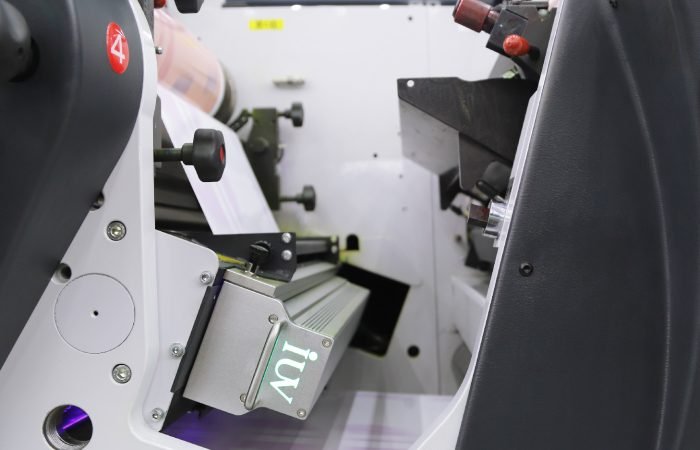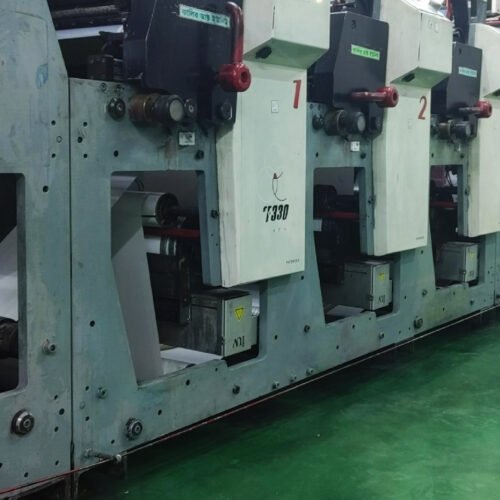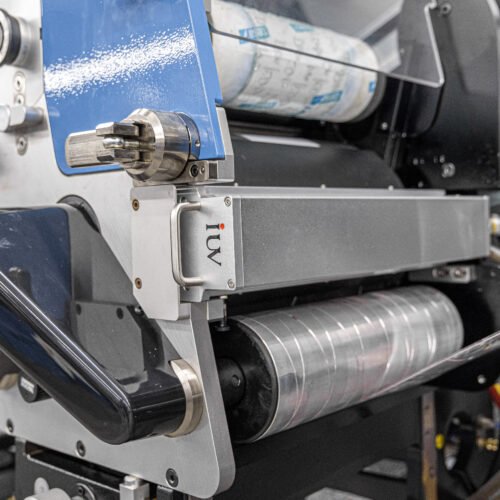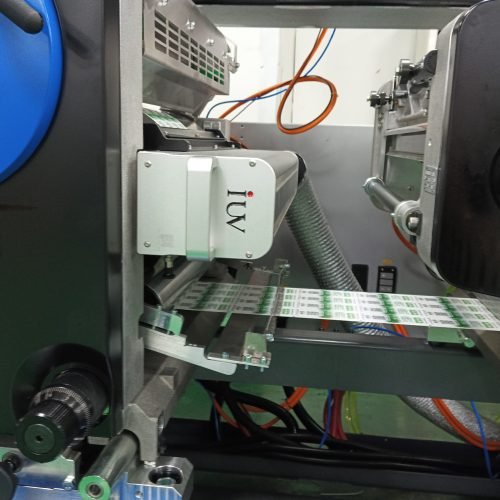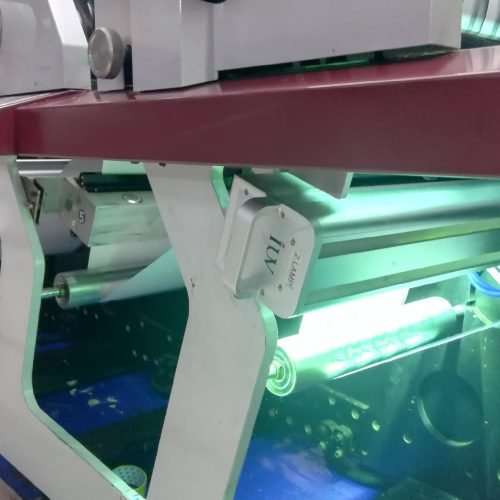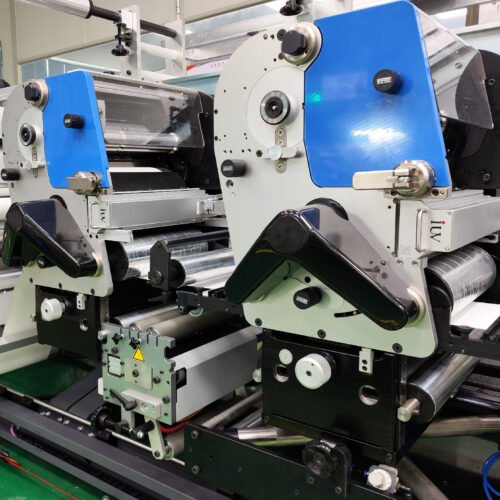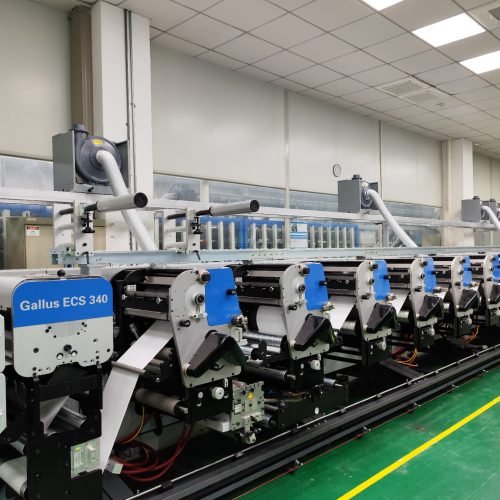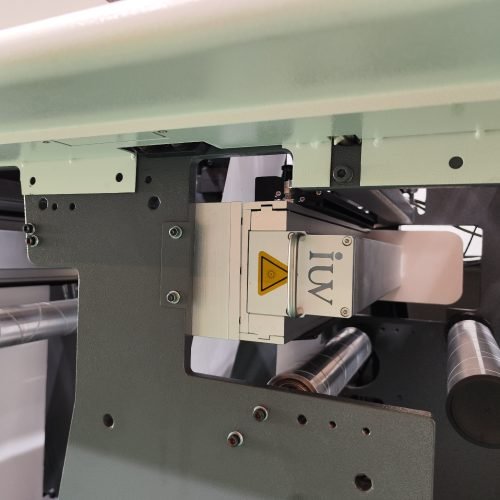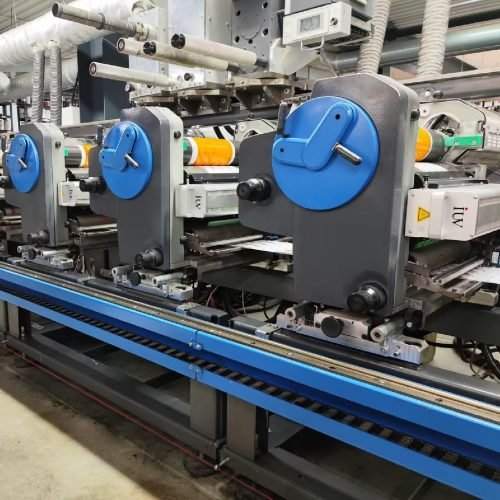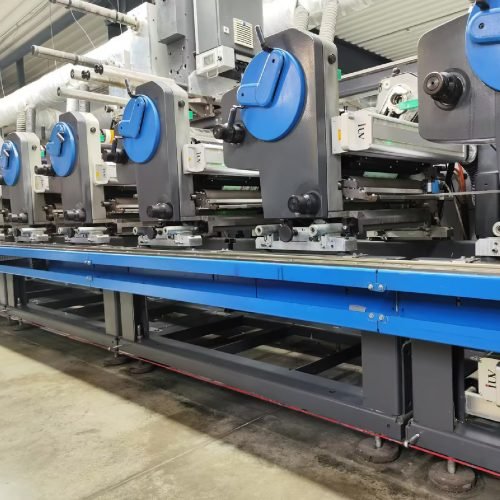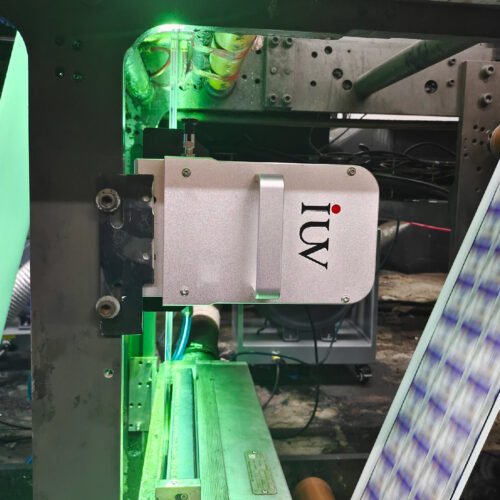LED Curing: A Brighter Future for Printing
The printing industry is constantly evolving, and one of the most significant advancements in recent years has been the rise of LED UV curing systems. These innovative technologies are not just a minor upgrade; they are fundamentally reshaping how we print, offering substantial benefits across various sectors, from label printing to flexographic, offset, and narrow web applications.
For decades, conventional UV curing systems, often relying on mercury vapor lamps, have been the standard. While effective, these older systems came with their own set of challenges. They generated a lot of heat, consumed considerable energy, and had a limited lifespan, requiring frequent replacement. This meant higher operating costs and a greater environmental footprint.
Enter LED UV curing. This technology uses light-emitting diodes (LEDs) to produce UV light. Unlike mercury lamps, LEDs emit a very specific wavelength of UV light, which is precisely tuned for optimal ink curing. This targeted approach leads to a host of advantages that are revolutionizing the printing landscape.
The Advantages of LED Curing in Label Printing
In the demanding world of label printing, speed, quality, and efficiency are paramount. LED curing systems are making a significant impact here. The ability of LEDs to turn on and off instantly means no warm-up time is needed. This translates to faster production speeds and reduced downtime between print runs.
Furthermore, LED systems produce far less heat than traditional lamps. This is a critical advantage for printing on heat-sensitive substrates commonly used in label applications, such as thin films and certain papers. Preventing substrate deformation or damage ensures higher quality finished products and fewer rejects.
The energy efficiency of LED curing is another major draw. LEDs consume significantly less power than mercury lamps, leading to substantial savings on electricity bills. This not only benefits the printer’s bottom line but also contributes to a more sustainable printing process. The longer lifespan of LED lamps also means less frequent maintenance and replacement, further reducing operational costs and waste.
Transforming Flexographic and Narrow Web Printing
Flexographic and narrow web printing, often used for labels and flexible packaging, are particularly well-suited for LED UV curing. These processes frequently involve high speeds and tight tolerances. The instant on/off capability of LEDs allows printers to achieve maximum press speeds without compromising on cure quality.
The precise control over UV output offered by LED systems ensures a consistent and thorough cure, even with complex ink formulations or dense print areas. This is crucial for achieving excellent adhesion, rub resistance, and chemical resistance, especially for labels and packaging that need to withstand harsh conditions.
The reduced heat output from LED systems is also a boon for narrow web presses. It helps maintain stable substrate temperatures, preventing issues like shrinkage or stretching that can affect print registration and overall quality. This consistency is key to producing high-volume, high-quality runs efficiently.
LED Curing in Offset Printing
While offset printing has traditionally relied on different drying methods, LED UV curing is increasingly finding its place, especially in sheetfed and web offset applications. The ability to cure inks instantly on a wide variety of substrates, including non-porous materials like plastics, opens up new possibilities for print providers.
For sheetfed offset, LED curing allows for immediate stacking of printed sheets without the need for anti-set-off powder, which can be undesirable in many applications. This leads to cleaner prints and reduces post-press processing time and costs. The instant cure also means faster turnaround times, a significant competitive advantage.
In web offset, especially for publications or commercial printing where fast drying is essential, LED UV curing offers a compelling alternative to hot air dryers or traditional UV systems. The reduced energy consumption and lower heat output contribute to a more efficient and environmentally friendly operation.
The Technology Behind the Transformation
The core of LED UV curing technology lies in the diodes themselves. These solid-state devices emit light when an electric current passes through them. For printing applications, these diodes are configured to emit specific wavelengths within the UV spectrum, typically in the UVA range (315-400 nm), which is optimal for initiating the photo-polymerization process in UV-curable inks, coatings, and adhesives.
The benefits are multifaceted:
- Energy Efficiency: LEDs are remarkably energy-efficient, using up to 70% less energy than traditional mercury lamps. This translates directly to lower operating costs and a reduced carbon footprint.
- Longer Lifespan: LED lamps have a significantly longer operational life, often exceeding 20,000 hours, compared to the 1,000-2,000 hours of mercury lamps. This reduces maintenance, replacement costs, and waste.
- Instant On/Off: LEDs reach full power instantaneously, eliminating warm-up and cool-down times. This boosts productivity by enabling faster press speeds and immediate job changes.
- Reduced Heat Output: LEDs emit very little infrared radiation, meaning less heat is transferred to the substrate. This is crucial for printing on heat-sensitive materials and helps maintain stable press conditions.
- Consistent Output: LED systems provide stable and consistent UV output over their lifespan, ensuring reliable curing performance and high print quality batch after batch.
- Wavelength Specificity: LEDs can be designed to emit specific wavelengths, optimizing them for particular ink chemistries and curing processes. This leads to more efficient and complete curing.
- Mercury-Free: Unlike traditional UV lamps, LEDs do not contain mercury, making them a more environmentally friendly option and simplifying disposal.
A Greener and More Profitable Printing Future
The shift towards LED UV curing is not just about technological advancement; it’s about creating a more sustainable and profitable printing industry. By reducing energy consumption, minimizing waste, and enabling faster production cycles, LED systems empower print businesses to be more competitive and environmentally responsible.
For label printers, flexographic operations, narrow web specialists, and even offset printers looking to expand their capabilities, embracing LED UV curing is becoming less of an option and more of a strategic imperative. It’s a move towards a brighter, more efficient, and more sustainable future for printing. The transformation is well underway, and the benefits are clear for all to see.

